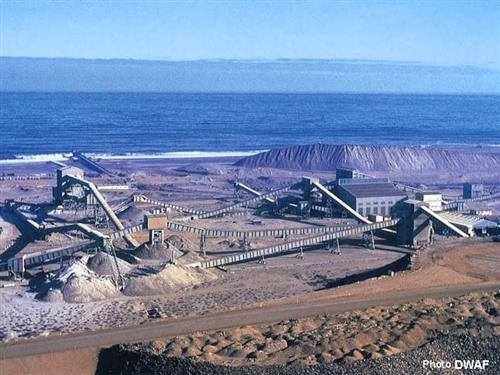A number of metals, such as manganese, zinc, and copper, are essential to biochemical processes that sustain life. However, these same metals, and a variety of others, can be toxic to aquatic organisms at certain concentrations. Repeated exposure to even low concentrations can lead to accumulation in organisms and eventually result in toxic effects also for human beings.
Dissolved metals are generally more bioavailable and toxic than metals bound in complexes with other molecules or adsorbed to sediment particles. The toxicity and bioavailability of many metals depends on their oxidation state and the form in which they occur. These characteristics of metals – oxidation state, form, solubility, and toxicity – are influenced by chemical characteristics of water such as pH, dissolved oxygen levels, and hardness.
Sources of Metals
Metals occur naturally in aquatic ecosystems due to weathering of rocks and soils. Erosion and sedimentation can introduce metals into an aquatic ecosystem. Other sources of metals include effluent from wastewater treatment plants, industry, and mining operations, and sewage or soils contaminated by previous industrial activity. Metals may be introduced into the atmosphere through burning and ore smelting, and can be deposited in surface waters. Chemical compounds containing metals may change in water, depending on its chemical characteristics.
Mercury is particularly susceptible to bio-accumulation as methyl mercury, and in high concentrations presents a risk to human health. A common pathway for the accumulation of mercury is by eating fish that have been exposed to the metal.

Tailings from mining operations can become a source of contamination if not properly contained.
Source:DWAF South Africa 1998
( click to enlarge )
